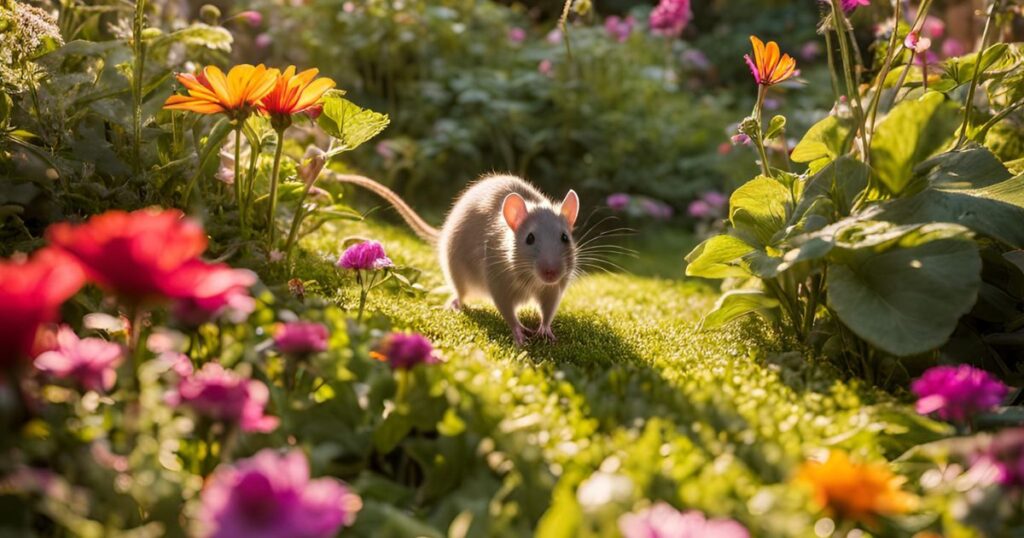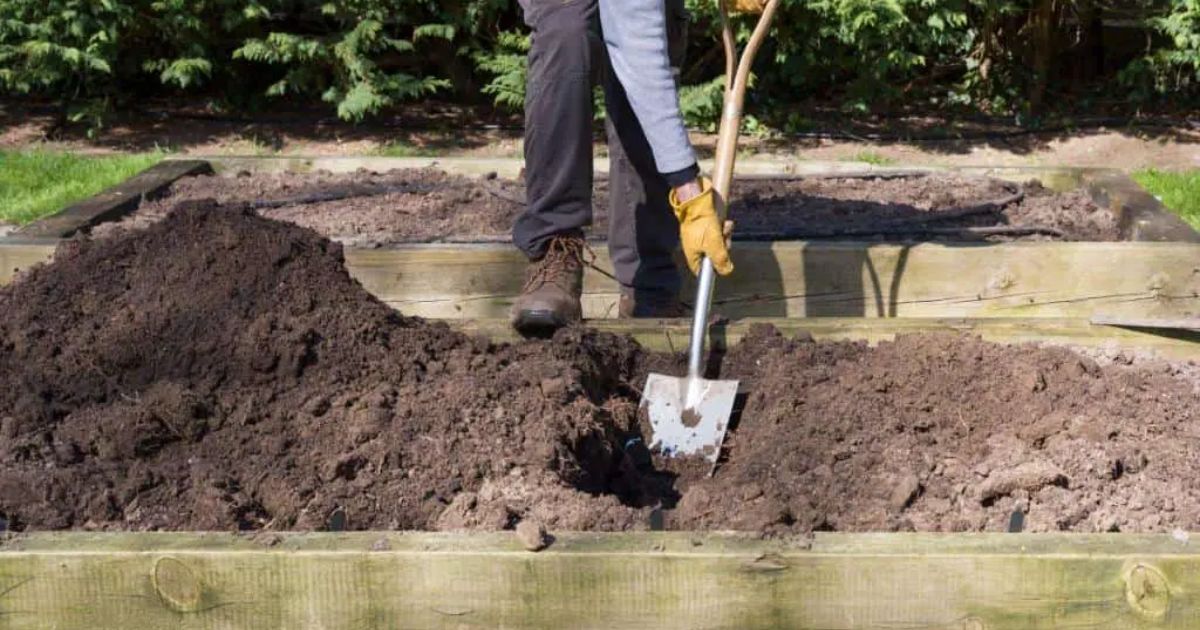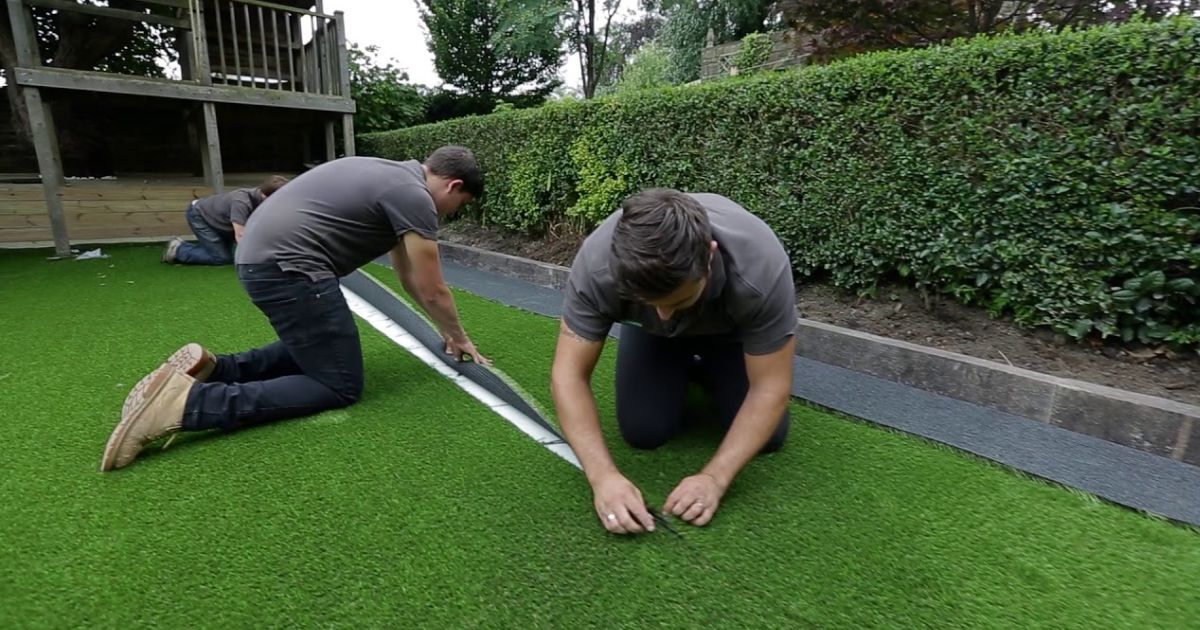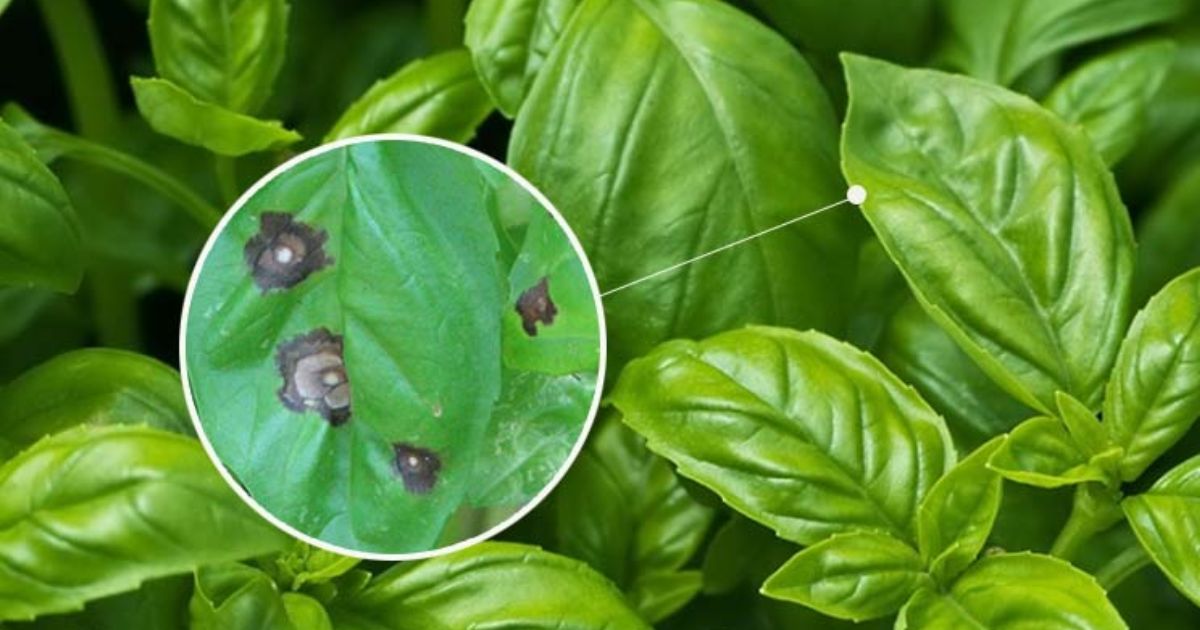Rats can wreak havoc in your garden, nibbling away at your prized plants, uprooting vegetables, and leaving behind a trail of destruction. These persistent invaders are especially troublesome when they seek warmth and food during the cooler months, turning your once-tranquil outdoor space into a battleground. Their capacity to fit through narrow openings and thrive on the abundance of garden leftovers makes them a challenge for even the most dedicated gardeners.
In this article, titled “Rats in the Garden: 10 Expert Tips to Keep Them at Bay”, we’ll explore a range of natural, practical strategies help keep these unwanted visitors out of your garden. From planting garlic and peppermint—known for their potent, rat-repelling aromas—to sealing entry points and encouraging natural predators, these expert tips offer a chemical-free approach to maintaining a healthy, thriving garden. Read on to discover how to combat rats in garden into a haven where rats are kept at bay and your plants can flourish.
Understanding the Problem: Why Rats Invade Gardens
What Attracts Rats to Gardens
Abundant Food Sources:
Gardens provide an ideal buffet for rats. Fallen fruits and vegetables, compost piles (especially those with meat or dairy scraps), spilled bird seed, and even pet food left outdoors to create a steady and easily accessible food supply. When food is plentiful, rats in garden are more likely to reside nearby.
Shelter and Hiding Places:
Dense vegetation, overgrown grass, cluttered sheds, best outdoor electric rat trap and piles of debris offer rats excellent hiding spots and secure places to build nests. These areas not only protect them from predators but also allow them to establish burrows that can extend deep into the soil. Gardens with untrimmed hedges or discarded materials become an irresistible refuge for these pests.
Warmth and Moisture:
Rats are especially attracted to environments that offer warmth—an essential factor during colder months. Warm compost piles and sheltered garden structures provide the insulation they need to survive and breed, rat traps for garden mainly when natural winter conditions are milder than in previous years. This tendency is increasingly evident as global warming alters seasonal weather patterns, making gardens an even more appealing refuge year-round.
Seasonal Patterns and Behavior
- Nocturnal Foraging:
- Rats are primarily nocturnal. Even though you might not see them during the day, signs such as droppings, gnaw marks, and burrows indicate their presence. Their nighttime foraging habits allow them to move around undisturbed, increasing the likelihood of a population buildup.
- Increased Activity in Colder Months:
- As temperatures drop, rats seek out warm, sheltered places. Gardens can become critical sanctuaries during winter, when food might be scarcer, and warmth is in high demand. The rats in my garden seasonal drive increases their activity and breeding, making early detection and prevention especially important.
- Rapid Reproduction:
- Rats are prolific breeders. If conditions are favorable, a single pair can quickly multiply. The constant availability of food and shelter in a garden can support a rapidly expanding population, compounding the problem if not addressed promptly.
Impact on Your Garden
Damage to Crops and Plants
- Crop Loss:
- Rats are known to nibble on a wide variety of garden produce, including fruits, vegetables, and seeds, significantly reducing your harvest. The damage is not only to the visible parts of the plants but can also affect get rid of rats from garden the overall yield by consuming seeds before they have a chance to germinate.
- Uprooted or Damaged Plants:
- Their burrowing habits can disturb plant roots, potentially uprooting small plants or causing structural damage to established ones. This burrowing can lead to soil compaction or erosion, further affecting plant health.
Health Risks and Structural Damage
- Disease Transmission: Rats are vectors for several zoonotic diseases, such as leptospirosis, salmonellosis, and rat-bite fever. Their droppings, urine, and gnawing of electrical wires or other materials can contaminate soil and produce, posing a direct health risk to gardeners and their families.
- Damage to Garden Structures: Besides harming plants, gray rat can chew through wooden fences, garden sheds, and electrical wiring. Their constant gnawing leads to costly repairs and raises the possibility of structural and electrical fires failures in outdoor installations.
- Environmental Impact: An unchecked rat population can have broader ecological consequences beyond the immediate garden. Their feeding and nesting habits can disturb the natural balance of local wildlife and, prevent rats in garden in severe infestations, may even drive away beneficial species.
The 10 Expert Tips to Keep Rats at Bay
Below is a comprehensive guide featuring ten expert tips—with clear subheadings, explanations, actionable advice, and bullet-point lists—to help you keep rats at bay in your garden.

Tip 1: Plant Garlic
Thanks to its sulfur compounds, rats are repelled by the pungent aroma of garlic. The pungent odor interferes with their sense of smell and makes the area less inviting.
How-to:
Plant garlic bulbs along your garden borders or near particularly vulnerable crops (such as carrots or potatoes).
Actionable Points:
- Planting Density: Space garlic bulbs about 10–12 inches apart along borders.
- Placement: Focus on areas where rats will likely approach, such as near vulnerable crops or along potential entry paths.
- Duration: The smell is most potent when the garlic is in its early growth stages and continues for several weeks. Replant or supplement with fresh cloves each season.
Tip 2: Use Garlic Repellent Spray
A homemade garlic spray is an effective alternative if you prefer a non-planting method. The concentrated garlic liquid acts as a barrier that repels rat in garden. growing asparagus in raised beds
How-to:
Boil chopped garlic, strain the liquid, and dilute with water to create a spray.
Actionable Points:
- Step 1: Chop 4–5 garlic cloves and boil them in 1 cup of water for 10–15 minutes.
- Step 2: Allow the mixture to cool and strain out the solids.
- Step 3: Dilute the garlic water with an additional cup of water.
- Step 4: Spray the solution generously around garden entry points and vulnerable areas.
- Reapplication: Reapply after heavy rain or every 5–7 days.
- Safety Tip: Wear gloves when handling raw garlic to prevent skin irritation.
Tip 3: Plant Peppermint
Peppermint’s strong, minty aroma is known to repel rats. How to get rid of rats in garden Additionally, you can use peppermint oil to create a homemade spray if planting isn’t an option.
How-to:
Plant peppermint around garden buildings, fences, or entry points where rats are likely to seek shelter.
Actionable Points:
- Planting: Space peppermint plants about 12–18 inches apart along vulnerable areas.
- Spray Alternative: Mix 10 drops of peppermint oil with 1 cup of water for a simple repellent spray.
- Placement: Focus on garden perimeters and near sheds or compost areas.
- Reapplication: Refresh the oil-based spray after rain to maintain its effectiveness.
Tip 4: Remove Food Sources
Rats are highly attracted to food. By eliminating accessible food sources, garden rats you make your garden a less attractive habitat.
How-to:
Regularly clean up fallen fruit and spilled compost, and ensure bins are securely closed.
Actionable Points:
- Harvest Promptly: Collect ripe fruits and vegetables immediately from the ground.
- Secure Waste: Use tightly sealed bins for garbage and compost—avoid composting meat or dairy.
- Clean Up: Remove spilled birdseed and pet food from outdoor areas.
- Routine: To avoid accumulation, establish a cleaning schedule that is either daily or weekly.
Tip 5: Seal Up Entry Points
Small gaps and openings are like welcome mats for rats. Sealing these gaps in garden sheds, fences, and compost areas helps block their access. Eco-Friendly Benefits Of Choosing A Potted Christmas Tree
How-to:
Inspect structures regularly and seal any gaps or holes using appropriate materials.
Actionable Points:
- Materials: Use wire mesh, caulk, or weather-resistant sealant.
- Inspection: Check garden sheds, compost bins, and fences weekly.
- Application: Seal gaps as small as ¼ inch since rats can squeeze through tiny openings.
- Maintenance: Reinspect after storms or seasonal changes.
Tip 6: Maintain Clean Garden Buildings
Cluttered and unclean structures provide ideal nesting sites for rats. Keeping your sheds, how to combat rats in garden greenhouses, and other garden buildings tidy can reduce this risk.
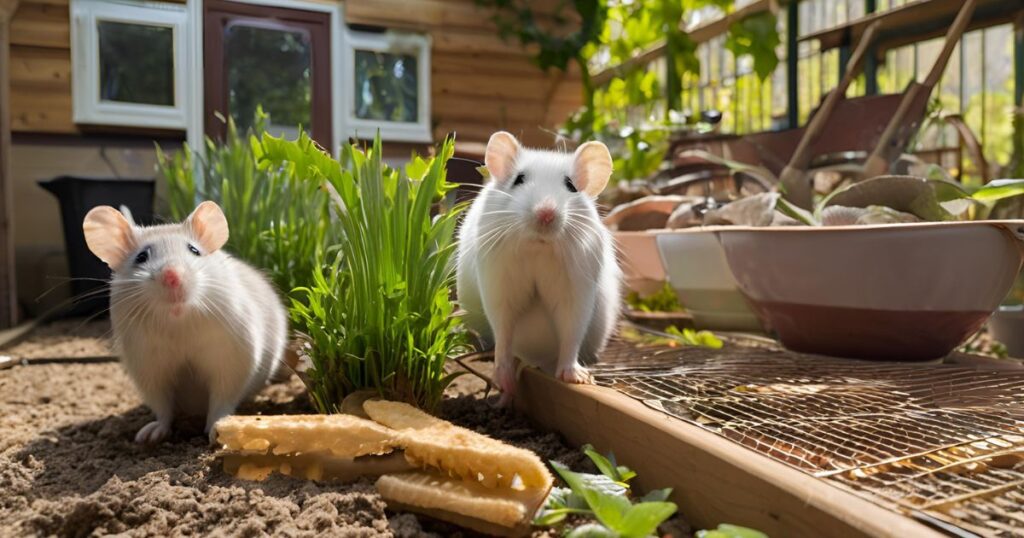
How-to:
Establish a regular cleaning schedule to remove debris and potential nesting materials.
Actionable Points:
- Schedule: Clean garden buildings at least once a month.
- Debris Removal: Remove leaves, old nesting materials, and clutter regularly.
- Organization: Keep storage areas well-organized and free of unnecessary items.
- Inspection: Look for signs of rat activity (droppings, gnaw marks) during cleaning.
Tip 7: Use Ultrasonic Repellents (Optional)
Ultrasonic devices emit high-frequency sound waves unpleasant to rats and can be a supplementary deterrent.
How-to:
Place ultrasonic repellers in areas of high rat activity as part of a broader pest control strategy.
Actionable Points:
- Placement: Install devices near garden entry points or along suspected rat pathways.
- Monitoring: Check the device’s batteries and effectiveness monthly.
- Note: These devices may only offer short-term results and should be combined with other measures.
- Pros & Cons:
- Pros: Easy to install, non-toxic.
- Cons: Variable effectiveness; may not work in all weather conditions.
Tip 8: Create Physical Barriers
Physical barriers can prevent rats from accessing particularly vulnerable garden areas.
How-to:
Install fine mesh fencing or hardware cloth around garden beds and other areas that need protection.
Actionable Points:
- Materials: Use 1/4-inch hardware cloth or stainless steel mesh.
- Installation: Ensure the barrier is at least 18 inches high and extend it 6 inches underground.
- Coverage: Enclose areas where valuable crops are grown.
- Inspection: Regularly check for damage or gaps in the barrier.
Tip 9: Encourage Natural Predators
Attracting natural predators like owls, snakes, or certain bird species can help control rat populations naturally.
How-to:
Create a habitat that welcomes these predators by providing nesting boxes and maintaining semi-natural areas.
Actionable Points:
- Owl Boxes: Install nesting boxes on poles or trees near your garden.
- Habitat: Maintain patches of undisturbed How to Grow Garlic vegetation that can serve as perches or hunting grounds for birds of prey.
- Water: Provide a shallow water source that can attract natural predators without creating a rat attraction.
- Safety: Ensure that any attraction methods do not inadvertently shelter rats.
Tip 10: Regular Garden Maintenance and Monitoring
Consistent maintenance and monitoring are essential for early detection and prevention of rat infestations.
How-to:
Develop a seasonal checklist and inspect your garden regularly for signs of rat activity.
Actionable Points:
- Checklist: Create a checklist that includes inspections for droppings, burrows, gnawed plants, and unusual tracks.
- Frequency: Conduct thorough inspections weekly, with extra vigilance during breeding seasons.
- Record Keeping: Keep notes on any rat sightings or signs to track potential infestations.
- Follow-up: Immediately address any issues by reinforcing barriers or applying repellent sprays.
By implementing these expert tips, you can create a multi-layered defense system that not only deters rat nest garden but also maintains a healthier, cleaner garden environment. Remember that an integrated approach—combining natural repellents, physical barriers, and proactive maintenance—how to get rid of rats is the most effective way to keep these unwanted visitors at bay. preserving vegetables for winter
How to Get Rid of Rats in the Garden
Rats in your garden can be a real headache. Not only do they chew through plants and vegetables, but they can also carry harmful diseases. The good news? You can kick them out with a few smart steps.Start by cutting off their food and shelter. Clear away fallen fruits, compost scraps, and pet food. Trim overgrown bushes and remove any piles of wood or debris where rats might nest.
Next, seal any holes in fences or walls where rats could sneak in. To prevent minor access sites, use steel wool or wire mesh. Quick Tips to Prevent and Get Rid of Earwig Flooding existing burrows with water or filling them with gravel can help force the rodents to move on.Try natural deterrents like peppermint oil or used cat litter near suspected rat paths—rats hate the smell! You can also set up traps, either humane catch-and-release types or snap traps if needed. Just be sure to place them safely away from kids and pets.Consistency is key. Keep up with cleaning and check traps regularly. You can reclaim your garden from these unwanted pests with time and effort.
Conclusion
Maintaining a garden free of these unwelcome invaders is achievable and essential for protecting your crops, structures, and health. By taking a proactive approach and following practical strategies—such as securing food sources, trimming overgrown vegetation, sealing off potential entry points, and employing natural repellents—you can make your garden far less attractive to rats. As outlined in Rats in the Garden: 10 Expert Tips to Keep Them at Bay, integrating these expert tips into your regular garden maintenance routine can significantly reduce the risk of infestations and help create a safer, more productive outdoor space.
Remember, consistency is key. Whether you’re using live traps, natural deterrents like peppermint and lavender, or simply ensuring that waste is managed correctly, how to get rid of rats outside every step you take contributes to a healthier garden environment. By combining these measures, you not only safeguard your plants and property but also promote a harmonious coexistence with nature. With diligence and the right strategies, you can keep your garden a peaceful retreat, fencing to keep rats out of garden free from the hazards and damage caused by rats.
FAQ
Are rats dangerous to my health and garden?
Yes. Rats are known carriers of several zoonotic diseases (such as leptospirosis and salmonellosis) that can be transmitted through their droppings, urine, or bites. In your garden, they can also damage crops by feeding on fruits, vegetables, and seeds, and their burrowing can undermine the integrity of plant roots and garden structures.
How do natural deterrents work against rats?
Natural deterrents—like planting mint, garlic, and lavender—rely on strong odors that rats find repulsive. For example, peppermint oil (or even planting peppermint) can create a barrier that discourages rat activity. Similarly, when applied as a spray, garlic’s pungent scent can make rat burrows or garden areas less attractive. These techniques are essential to many professional practices and are safe for both the environment and pets.
How often should I inspect my garden for rat activity?
Regular inspections are crucial—ideally once a week, particularly in the winter, when rats are more inclined to seek cover. Look for signs such as droppings, burrow holes, gnaw marks, and unusual tracks on soft ground. Early detection can assist you in putting control measures in place prior to an infestation becomes severe.
When should I call in professional pest control?
If you’ve taken preventive steps and still notice consistent signs of rat activity—such as multiple burrows, extensive gnawing, or increasing droppings—it’s time to contact professional pest control. Experts can assess the situation, deploy targeted treatments, and provide long-term management strategies to protect your garden and home from rats.

